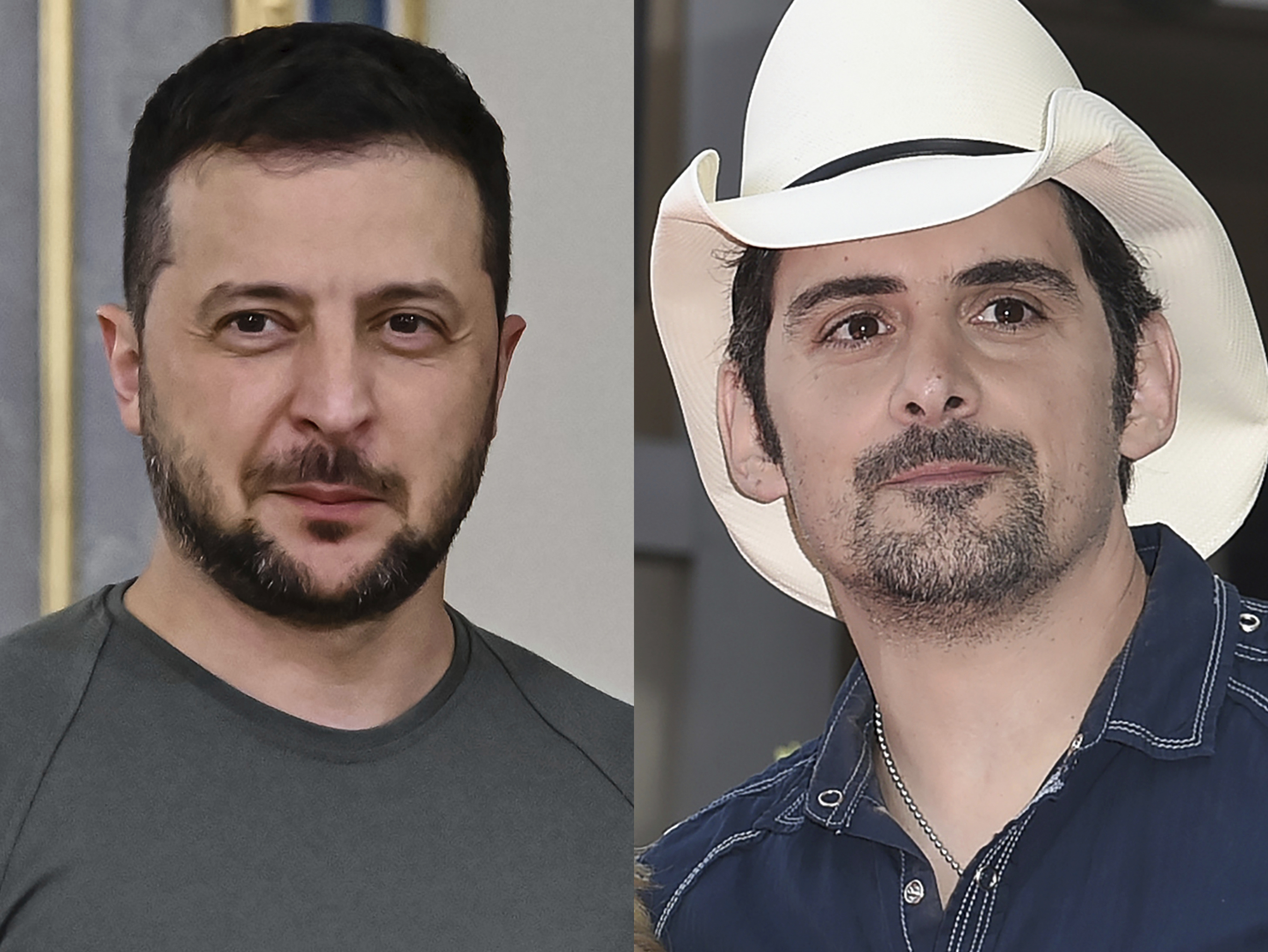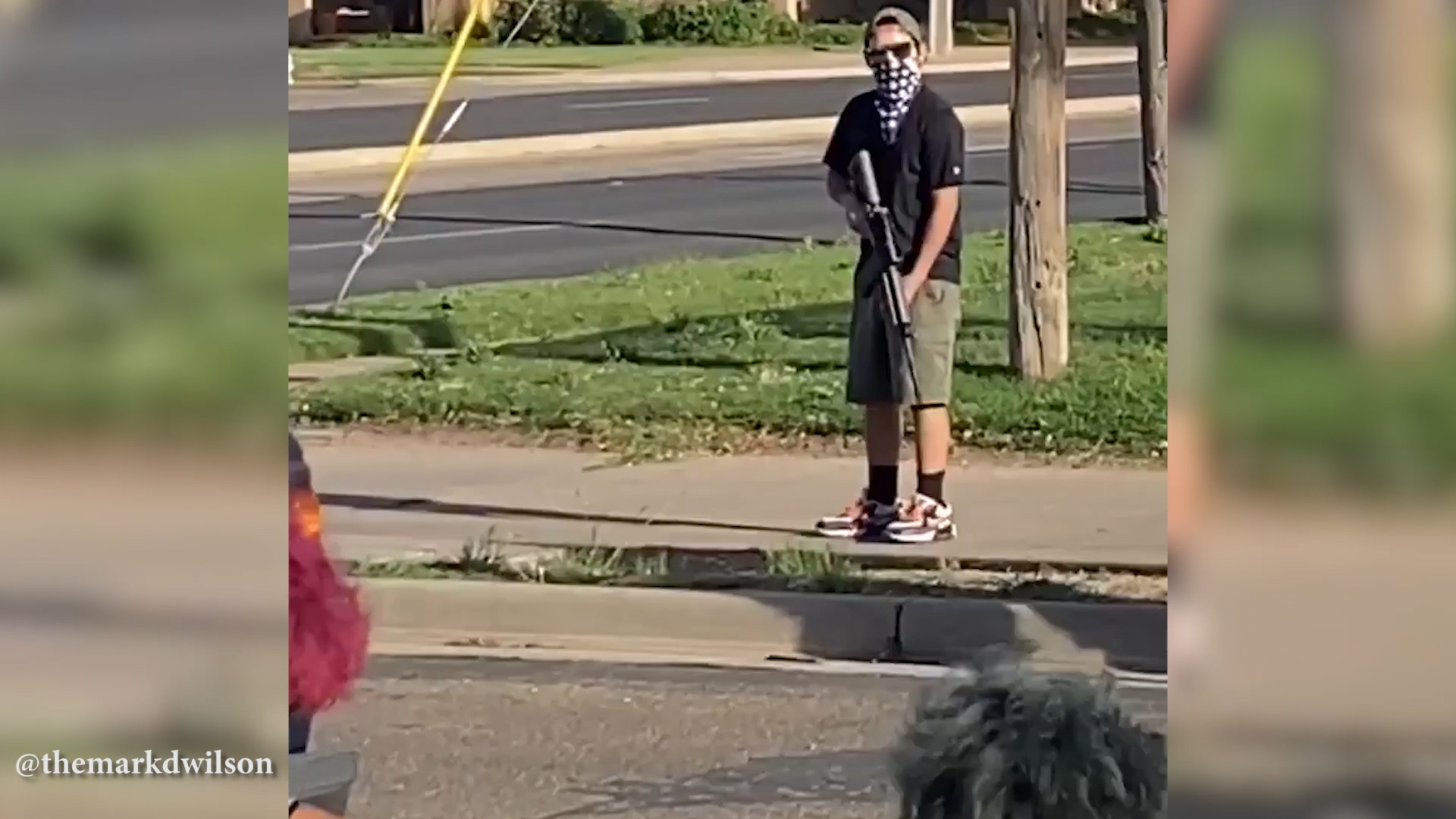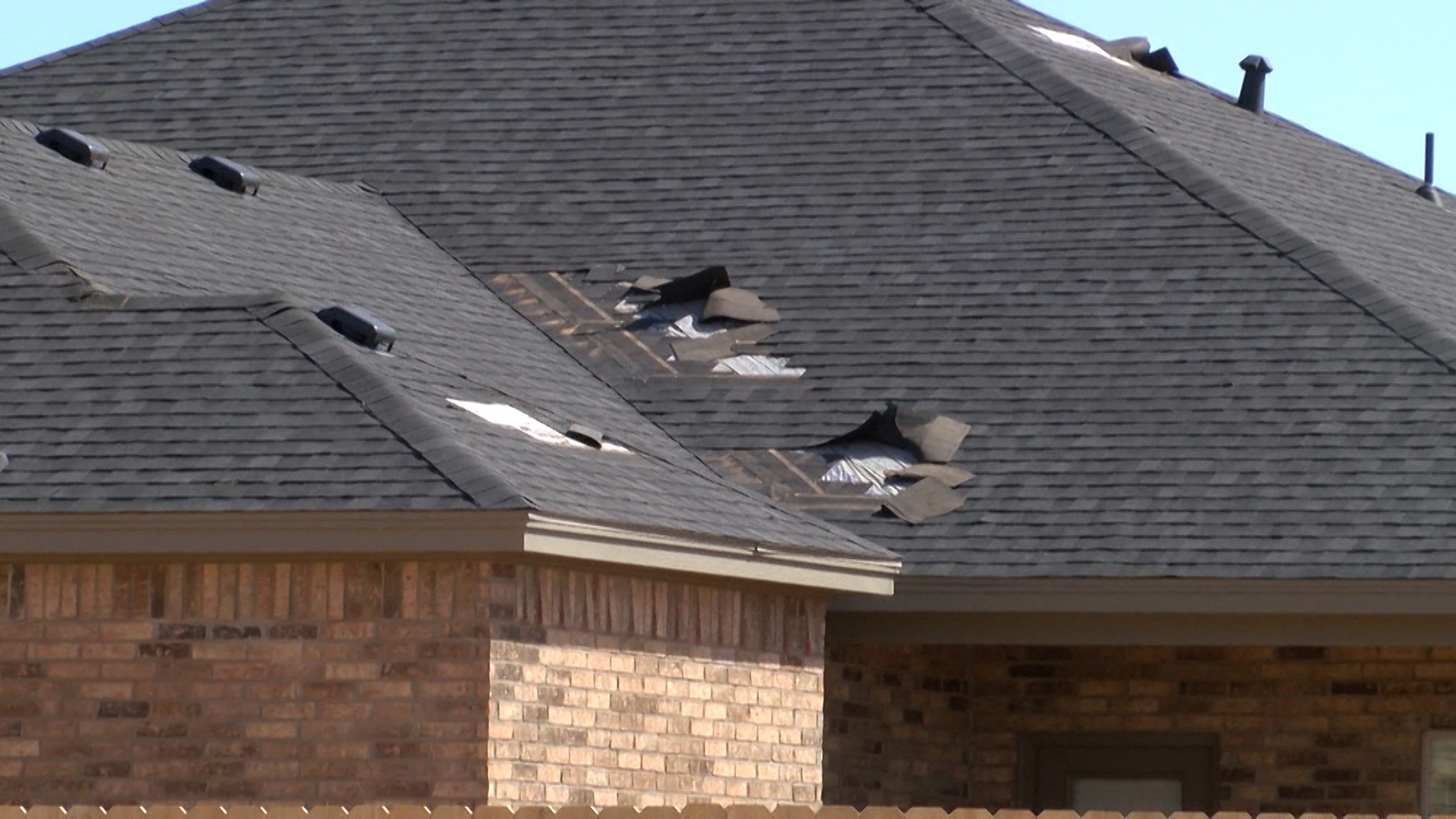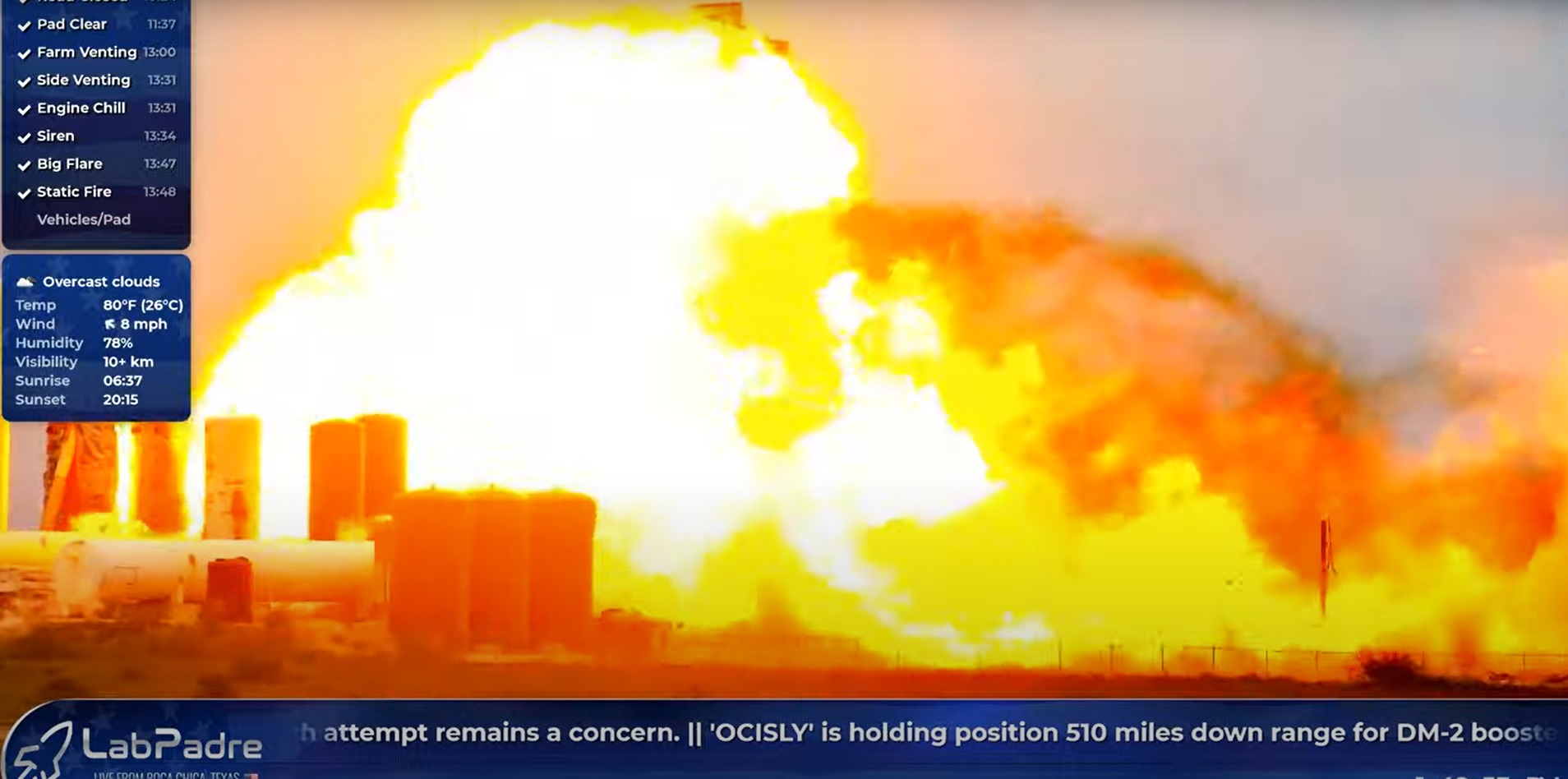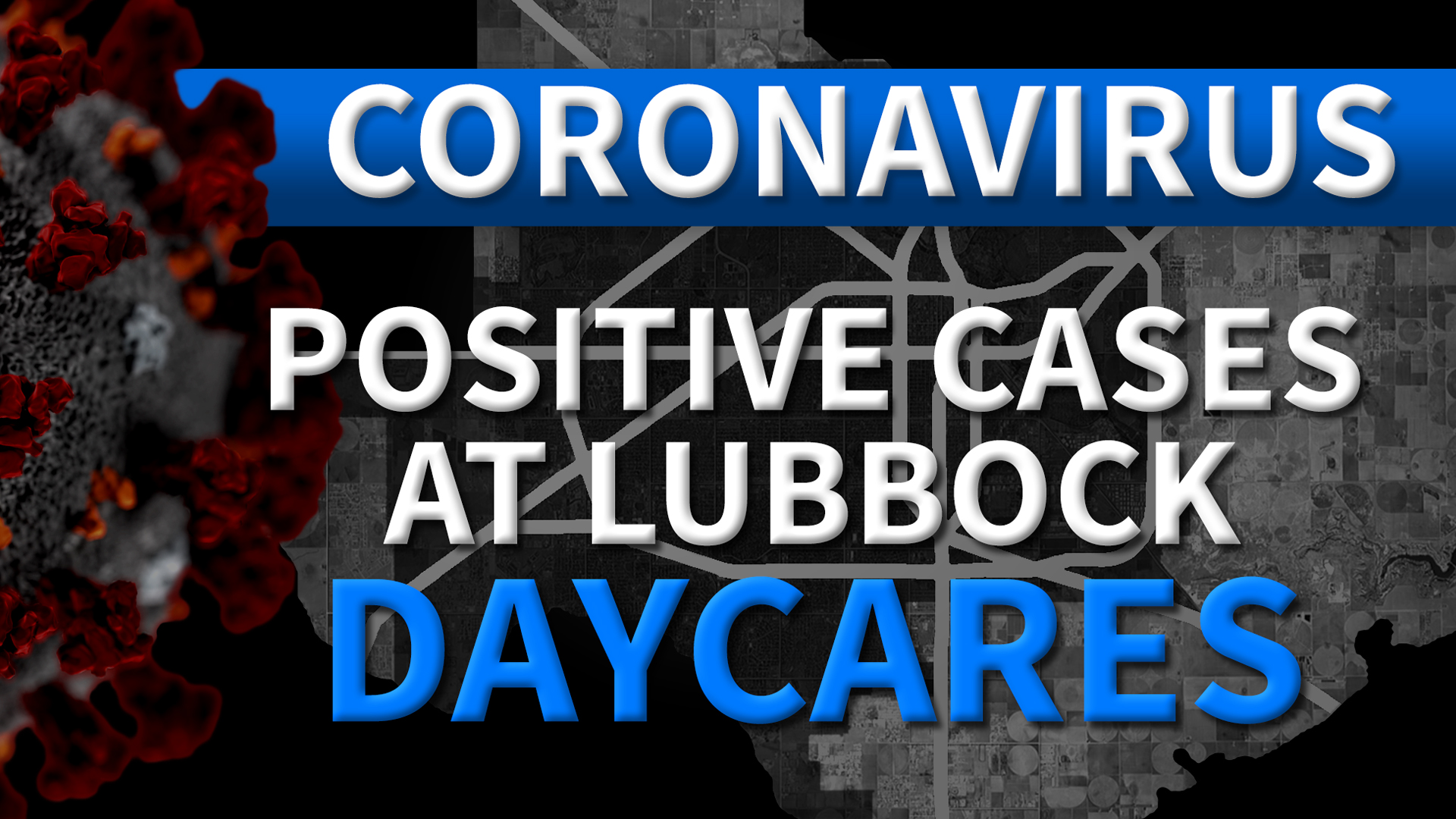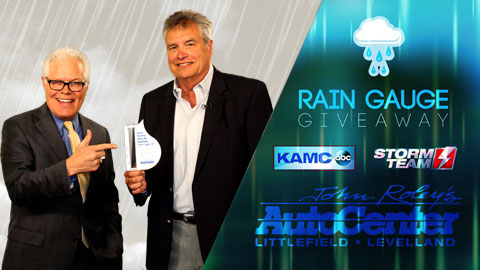Downbursts are a type of severe weather we see on the South Plains that most commonly bring straight line winds to a localized area and can be classified as either a microburst or macroburst.
Jody James, the Warning Coordination Meteorologist for the Lubbock National Weather Service office explains. “From the scientific literature, there’s a distinction between one that covers an area greater than 2.5 miles versus one that is 2.5 miles or less. So just a technical difference there. Macroburst being the larger of the two and the smaller ones being the microburst. But they both fall under the category of downbursts.”
These phenomena can cause extensive damage with winds in excess of 100 mph and impact large swaths of land and real estate.
“They are more common than tornadoes, and the reason for that is a couple of things. Number one they just happen more, and number two, they usually impact a larger area. It’s not uncommon for a downburst to affect several square miles. It’s pretty rare for a tornado to be larger than a mile and a half wide. So they are pretty common, and a lot of people when they do have wind damage from a thunderstorm thinking initially it was a tornado, but when we go out and do a damage survey we can see the wind pattern and we can determine sometimes that it was straight line wind damage coming from these down bursts,” says Jody.
Now, while there is no “downburst warning” issued by the National Weather Service, the hazards associated with them would fall under a Severe Thunderstorm Warning.
Jody further explains, “the public needs to take severe thunderstorm warning, which is what we would use in that case, just as serious as a tornado warning. Because as I mentioned, these straight line winds can get up to at least the level of an EF-1 tornado which is about 110mph. So that’s why we need to take severe thunderstorm warnings especially if we mention winds up around 90, 100, 110 mph in our warnings you need to take that seriously because again the force on your house or any other structure will be the same as a weak tornado.”



